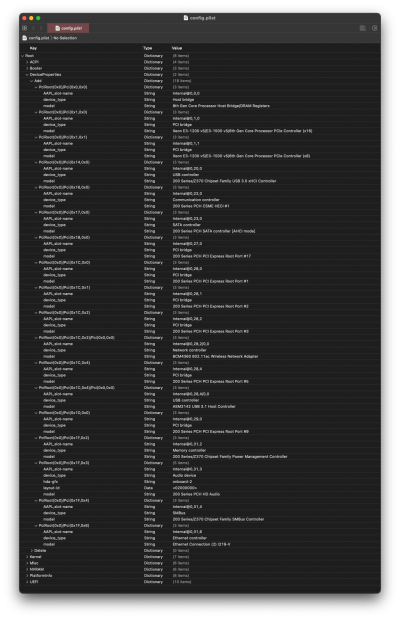- Joined
- Apr 20, 2021
- Messages
- 11
- Motherboard
- ASUS ROG Strix Z370 Gaming
- CPU
- i7-9700K
- Graphics
- RX Vega 56
- Mac
- Mobile Phone
I recently bought a Huion Kamvas 16 (2021) drawing tablet. I have a dual monitor setup, with a DELL U2515H 1440p and an LG 27UL600 4K.
When I connect the device to my Vega 56 using HDMI, the screen displays the content correctly for about 5 seconds, but then turns to static.
The tablet registers pencil input just fine. The HDMI port works fine, as I tested it with a monitor I had laying around.
I had the same problem booting in Windows, but was able to resolve the issue by disablingDHCP HDCP for the device in Radeon settings.
That's why I assume thatDHCP HDCP is the culprit. I am NOT well versed in this subject.
When I boot my Hack in safe mode, this issue does not occur (though my LG display does not output anything).
I have just updated macOS to the latest version (11.2.3), that did not resolve the issue.
I read something about using a cheap Chinese DP to HDMI converter, as that would bypass the DHCP. Surely there must be a more elegant solution?
Any help would be very welcome.
When I connect the device to my Vega 56 using HDMI, the screen displays the content correctly for about 5 seconds, but then turns to static.
The tablet registers pencil input just fine. The HDMI port works fine, as I tested it with a monitor I had laying around.
I had the same problem booting in Windows, but was able to resolve the issue by disabling
That's why I assume that
When I boot my Hack in safe mode, this issue does not occur (though my LG display does not output anything).
I have just updated macOS to the latest version (11.2.3), that did not resolve the issue.
I read something about using a cheap Chinese DP to HDMI converter, as that would bypass the DHCP. Surely there must be a more elegant solution?
Any help would be very welcome.
Attachments
Last edited:


